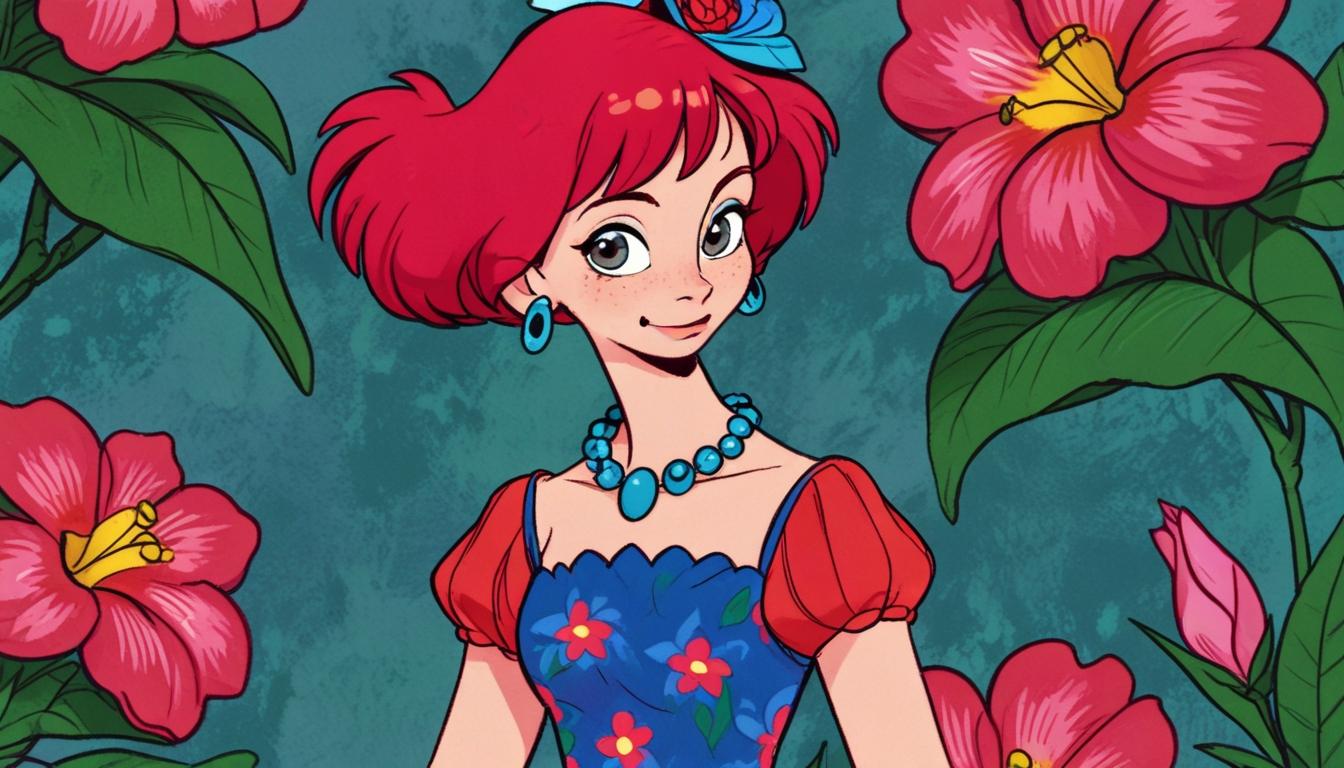As anticipation builds for Disney's live-action adaptation of Lilo & Stitch, premiering on 23 May 2025, significant controversy has erupted surrounding the character Pleakley. Originally portrayed as an alien who adopts dramatic human disguises—complete with high heels, wigs, and vibrant floral attire—Pleakley’s transformation in the upcoming film involves a shift towards the use of holographic projections to appear human. This change has sparked considerable outcry among fans, who view it as a loss of a critical representation of gender fluidity and diversity.
In the 2002 animated film, Pleakley, with his humorous and flamboyant persona, served as not just comic relief but also as one of the early depictions of a character embracing traits that resonate with the LGBTQ+ community. The inclusion of drag and cross-dressing allowed many viewers to see a character that defied traditional gender norms, providing a form of representation that is often lacking in animated films. For many millennials, Pleakley stood out as a cherished example of inclusivity during a time when such portrayals were rare in family-friendly media.
The backlash against the live-action adaptation intensified when director Dean Fleischer Camp addressed the concerns on TikTok. He revealed his initial attempts to incorporate Pleakley in drag, stating, “I have had people message me, ‘Why is Pleakley not wearing a dress?'… I tried.” Accompanying this statement was concept art showcasing Pleakley in a striking red wig and blue dress. While some fans appreciated the visual representation, many interpreted the director's comment as an indication that Disney ultimately curbed the character's original essence due to concerns over contemporary sensibilities. Critics have expressed disappointment, arguing that the decision reflects a regression in representation rather than a progression.
Social media swiftly became a battleground for fans expressing their frustrations. One user lamented, “I know people are going to throw tomatoes, but stripping drag/transness from Pleakley really fucking sucks,” reflecting a widespread sentiment that this alteration diminishes the character’s original charm. Another echoed this sentiment, suggesting that “Disney is such cowards if they don’t include Pleakley in a wig and dress,” emphasising a perceived hypocrisy in the company's stance on inclusivity, especially considering the more accepting context of the film's original release two decades ago.
The broader implications of these design changes tap into ongoing discussions about representation in the entertainment industry. As audiences become increasingly vocal about diversity, mainstream adaptations face scrutiny not only for the stories they tell but also for how they choose to portray iconic characters. Some commentators suggest that the decision to shift Pleakley’s presentation might reflect the current political climate, where corporations navigate complex societal expectations. The removal of cross-dressing might be viewed by many as an unfortunate capitulation, betraying the very principles of diversity and acceptance that the original film celebrated.
Amidst the controversy, there remains a level of hope among fans for the final product. Some have praised the quality of the animation and expressed excitement over how other characters, such as Jumba and the guards, appear to retain their animated charm. Yet, the concern persists that by altering Pleakley’s identity, the live-action film risks losing its connection to the themes that resonated deeply with audiences when the original was released.
As the May premiere date draws nearer, the discussions surrounding Lilo & Stitch highlight the delicate balance that adaptations must strike between modern sensibilities and the cherished aspects of beloved characters. With a rich legacy to uphold, fans watch closely, eager to see whether Disney's latest venture will honour the spirit of the original while navigating the complexities of contemporary representation.
Reference Map
- Paragraphs 1, 2, 5
- Paragraphs 3, 4
- Paragraphs 3, 4
- Paragraphs 3, 4
- Paragraphs 4
- Paragraphs 2, 4
- Paragraphs 2, 4
Source: Noah Wire Services
